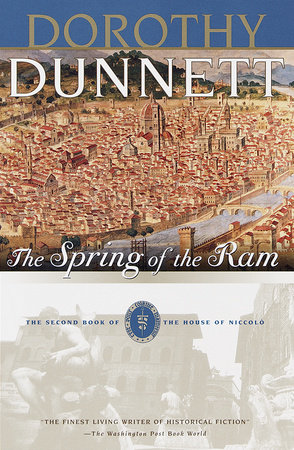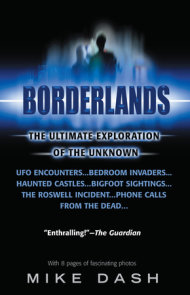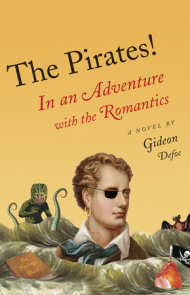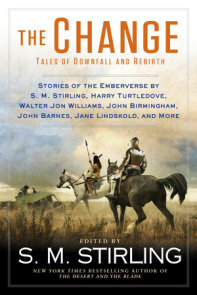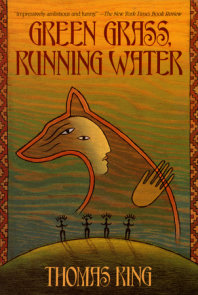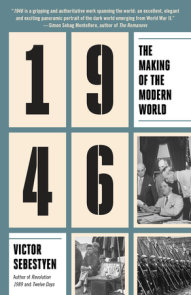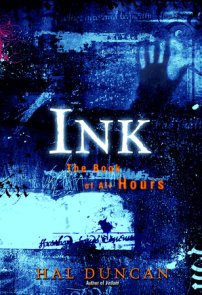READERS GUIDE
The questions, discussion topics, historical background, and author biography are designed to enhance your group’s reading and discussion of Dorothy Dunnett’s eight bestselling novels in the House of Niccol?. We hope this guide will enrich your experience of these intriguing and adventuresome works of historical fiction.Introduction
Backed by none other than Cosimo de’ Medici, Nicholas sails the Black Sea to Trebizond, last outpost of Byzantium, and the last jewel missing from the crown of the Ottoman Empire. But trouble lies ahead. Nicholas’ stepdaughter–at the tender age of thirteen–has eloped with his rival in trade: a Machiavellian Genoese who races ahead of Nicholas, sowing disaster at every port. And time is of the essence: Trebizond may fall to the Turks at any moment.Questions and Topics for Discussion
1. For Discussion: The Spring of the Ram
The "design " that Nicholas vander Poele is making of his trading journey to Trebizond has many threads: one of them is the assembling of a company of brilliant but quarrelsome "experts" who will run a new global commercial enterprise. How are the comic "recruiting" of John le Grant, the subtle binding of Father Godscale, the careful promoting of Loppe, examples of this thread in the design? What in Nicholas himself sometimes hinders this part of the design? As a business, but also as a work of art, who is this design really for?
2. One of the achievements of The Spring of the Ram is the extraordinarily convincing depiction, from the inside, of the mind of an intelligent but spoiled twelve year old girl bent on challenging and possessing her world, whatever the consequences. What are some of the highlights of this portrayal, and what, finally, do you think of Catherine de Charetty?
3. On the same side, for once, as it seems, Nicholas vander Poele and Pagano Doria play the ancient Greek form of polo, tzukanion, before the court of the Emperor in chapter 34, and Father Godscale, noting the similar working of the two agile minds and bodies, recognizes that despite everything "Nicholas was in his element, partly because of the game Doria was giving him." What, more broadly, is the game Pagano Doria is giving Nicholas? How are they alike and different? What understandings do you think are being conveyed as one dies, holding the eyes of the other for long moments, in chapter 38?
4. Nicholas made the yoyo that amuses Cosimo de Medici in the model of a persian toy, but by chapter 33 is reflecting that the Lady Violante of Naxos "was a better toymaster than he. A cord round his middle and running." Is he right? How does this image illuminate the politics of the journey to Trebizond? Does it also illuminate the sexual politics of the novel’s last scene?
5. Intimate enemies, Nicholas vander Poele and Simon de St. Pol have each struck a consummately agonizing blow at the other through an angry young woman. Did they know they were doing so? What are some of the other ironies and potential tragedies here? How else does Nicholas feel and respond to what Marion de Charetty has called "the wound of Simon’s enmity"?
6. For Discussion: The House of Niccol?
Throughout the eight books of the House of Niccol? series a picture emerges of Sophie de Fleury, the mother of Nicholas, and of her centrality in the life of her son. Can you put this picture together now –the Sophie of rumor and gossip, the Sophie of Nicholas’s slowly revealed memories, of his maturer judgement, of Andro Wodman’s reporting? Are there still some mysteries and obscurities in this portrait?
7. The House of Niccol? series offers a sustained and in many ways highly sophisticated version of the changes in intellectual , political and psychological structures which mark the transition from the medieval to the modern world. But like any good set of historical novels it abounds too in individual scenes and characters of great emotional, dramatic, and visual power, or stylistic verve, "set pieces" which hang in the memory even longer, perhaps, than the plot or the author’s philosophy of history. What are some of your favorites here–scenes of comic impact or tragic illumination? Best-drawn villain or victim, most vexatious female adolescent? Most breathtaking fight or chase? Most engrossing moment of romance? Most stunning surprise?
8. At the opening of the second volume of the series, and at the closing of the last volume, the voice of an astrologer-character replaces that of the novelist-narrator. What do you make of this–some invitation to compare and contrast those two professions?
9. Some readers will have come to the Niccol? series after reading the Lymond Chronicles, to which they are a ‘prequel’; others have now finished the Niccol? series and will go on to the sequel, the Lymond Chronicles. What are some of the dividends of doing it the first way? The second way? How (after a reading of both) are these two heroes, these two worlds, these two intricate plots, alike and different?
About this Author
Dorothy Dunnett was born in 1923 in Dunfermline, Fife, Scotland. Her time at Gillespie’s High School for Girls overlapped with that of the novelist Muriel Spark. From 1940-1955, she worked for the Civil Service as a press officer. In 1946, she married Alastair Dunnett, later editor of The Scotsman.Dunnett started writing in the late 1950s. Her first novel, The Game of Kings, was published in the United States in 1961, and in the United Kingdom the year after. She has published 20 books to date, including the six-part Lymond Chronicles and the ongoing Niccolo Series. Also an accomplished professional portrait painter, Dunnett has exhibited at the Royal Scottish Academy on many occasions and has had portraits commissioned by a number of prominent public figures in Scotland.
She has also led a busy life in public service. In the past, she has been a member of the Board of Trustees of the National Library of Scotland, a Trustee of the Scottish National War Memorial, and Director of the Edinburgh Book Festival. She has also served on numerous cultural committees, and is a Fellow of the Royal Society of Arts. In 1992 she was awarded the Office of the British Empire for services to literature. She lives in Scotland and has two sons and one grandson.







